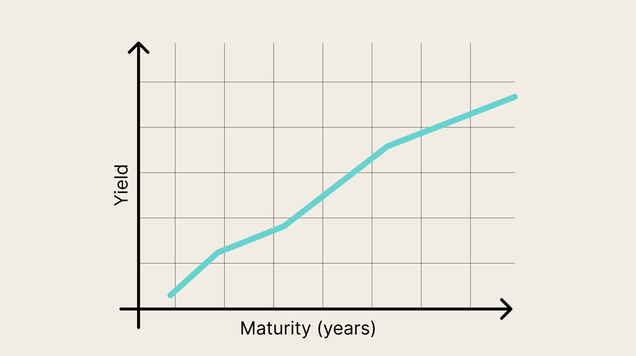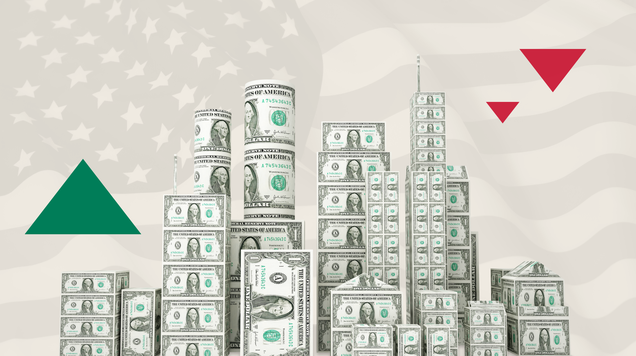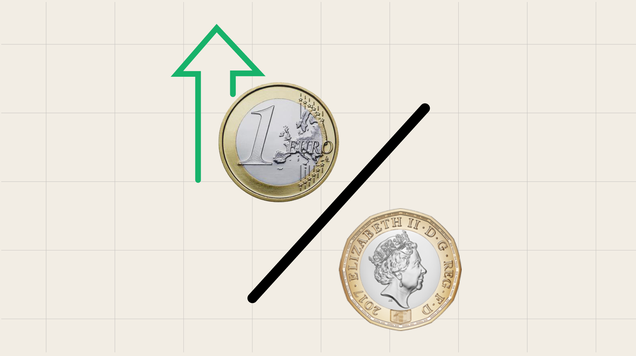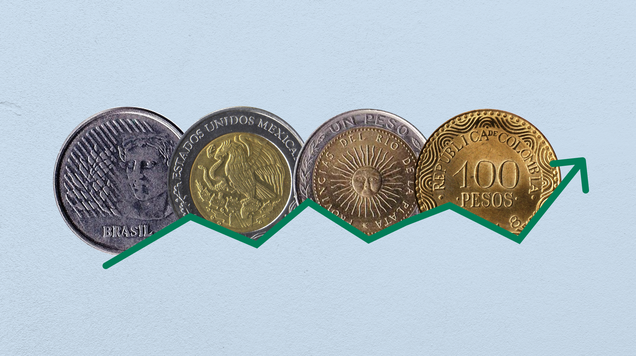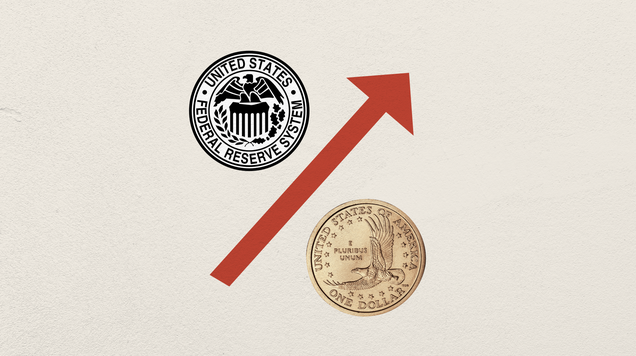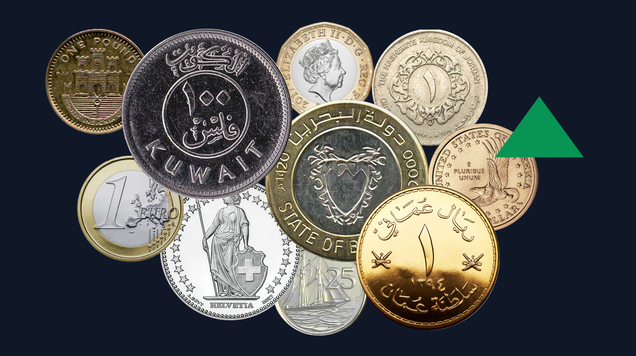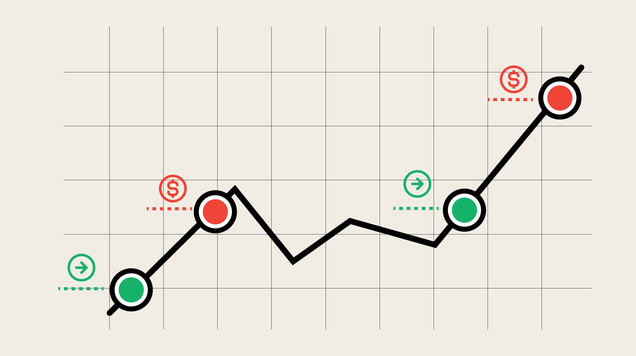Most traded currency pairs: types, advantages & distinctions
Advantages of trading major currency pairs
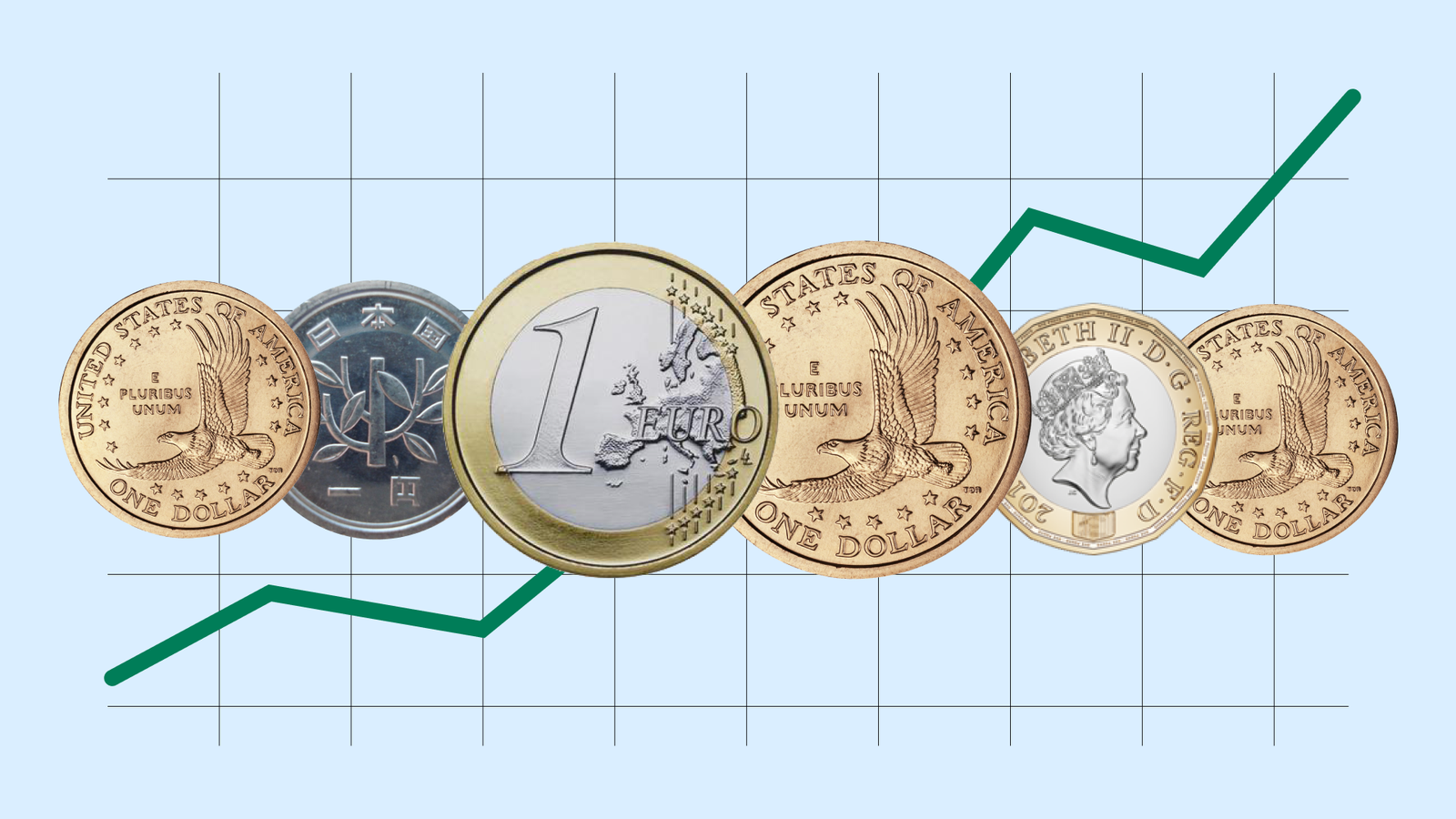
What is a currency pair and what does it consist of?
Advantages of trading in major currency pairs.
Difference between exotic pairs and cross pairs.
Trading Currency Pairs: What Are They and What Makes Some Stand Out?
When trading in the foreign exchange (Forex) market, you're essentially trading one currency against another — buying one while selling the other. A currency pair consists of two currencies:
- The Base Currency: This is the first currency in the pair and represents the currency you're deciding to buy or sell.
- The Quote (or Counter) Currency: This is the second currency in the pair, used to value the base currency.
For example, in the EUR/USD pair, the euro (EUR) is the base currency, and the US dollar (USD) is the quote currency. If you choose to buy the pair, you're buying euros and selling dollars. If you choose to sell, you're doing the opposite: selling euros and buying dollars.
Every Forex trade involves both a buying and a selling action simultaneously — when you buy one currency, you automatically sell the other.
Let’s say the EUR/USD is currently trading at 1.14. That means 1 euro is equivalent to 1.14 US dollars.
Types of Currency Pairs
1. Major Pairs
Major currency pairs are the most commonly traded pairs in the global Forex market. These always include the US dollar as one half of the pair. There are seven major pairs:
- EUR/USD (Euro / US Dollar)
- GBP/USD (British Pound / US Dollar)
- USD/JPY (US Dollar / Japanese Yen)
- USD/CAD (US Dollar / Canadian Dollar)
- AUD/USD (Australian Dollar / US Dollar)
- NZD/USD (New Zealand Dollar / US Dollar)
- USD/CHF (US Dollar / Swiss Franc)
These pairs are known for high liquidity and strong price movement, as they are tied to the world’s largest economies. This liquidity makes it easier to trade, with tighter spreads and more predictable behavior — ideal conditions for traders.
Major pairs also tend to react significantly to major economic news, which can drive strong momentum toward your target. Thanks to high liquidity, trades on major pairs often reach their goals quickly, reducing the need to keep positions open for extended periods.
Another benefit is that these pairs are typically less volatile and more stable, which makes them easier to analyze technically and fundamentally. As a result, traders are less likely to face unexpected price swings that could trigger stop-loss orders.
2. Cross Pairs (Minor Pairs)
Cross pairs include major global currencies but exclude the US dollar. Examples include:
- EUR/GBP (Euro / British Pound)
- GBP/JPY (British Pound / Japanese Yen)
- CAD/AUD (Canadian Dollar / Australian Dollar)
There are countless combinations of cross pairs. These pairs often exhibit faster price movements, offering unique trading opportunities.
However, be cautious — many cross pairs (especially those involving the Japanese Yen) can be highly volatile. Proper risk and capital management is crucial when trading them. Additionally, spreads on cross pairs are often wider than those on major pairs, which may impact your trading costs.
3. Exotic Pairs
Exotic currency pairs include one major currency and one from an emerging or less frequently traded economy. Examples include:
- EUR/TRY (Euro / Turkish Lira)
- USD/RUB (US Dollar / Russian Ruble)
These are called “exotic” because the currencies involved are from markets with lower trading volumes compared to the major economies. As a result, there’s less demand to buy or sell them, leading to lower liquidity and higher spreads.
